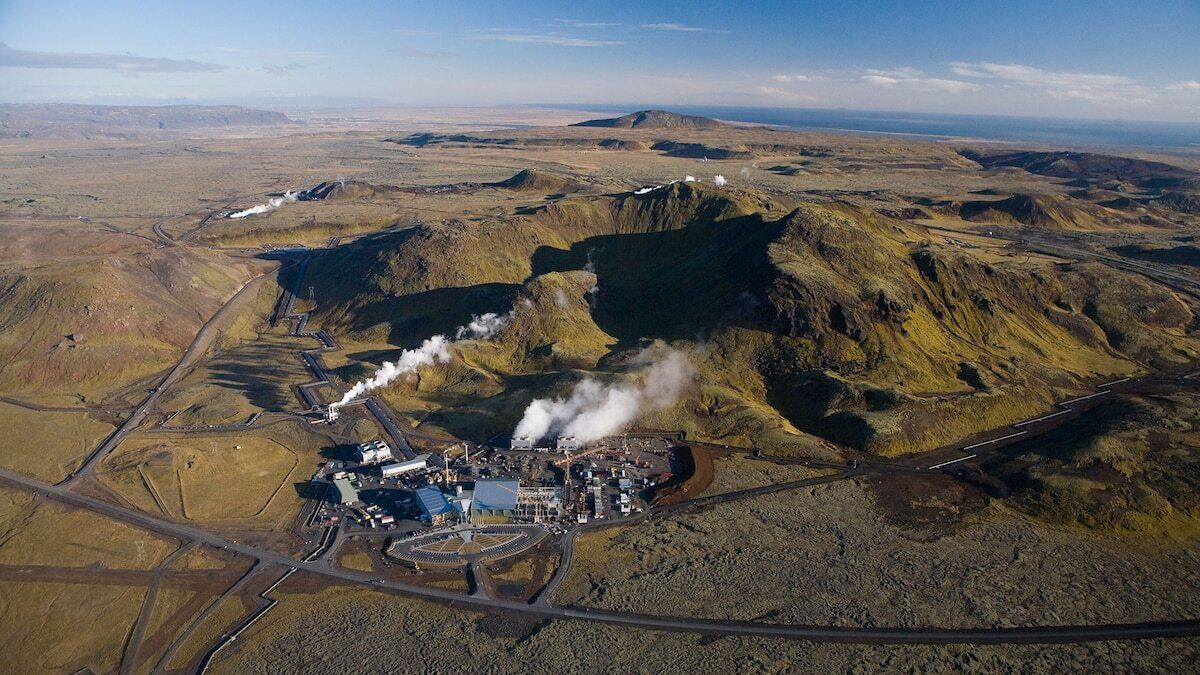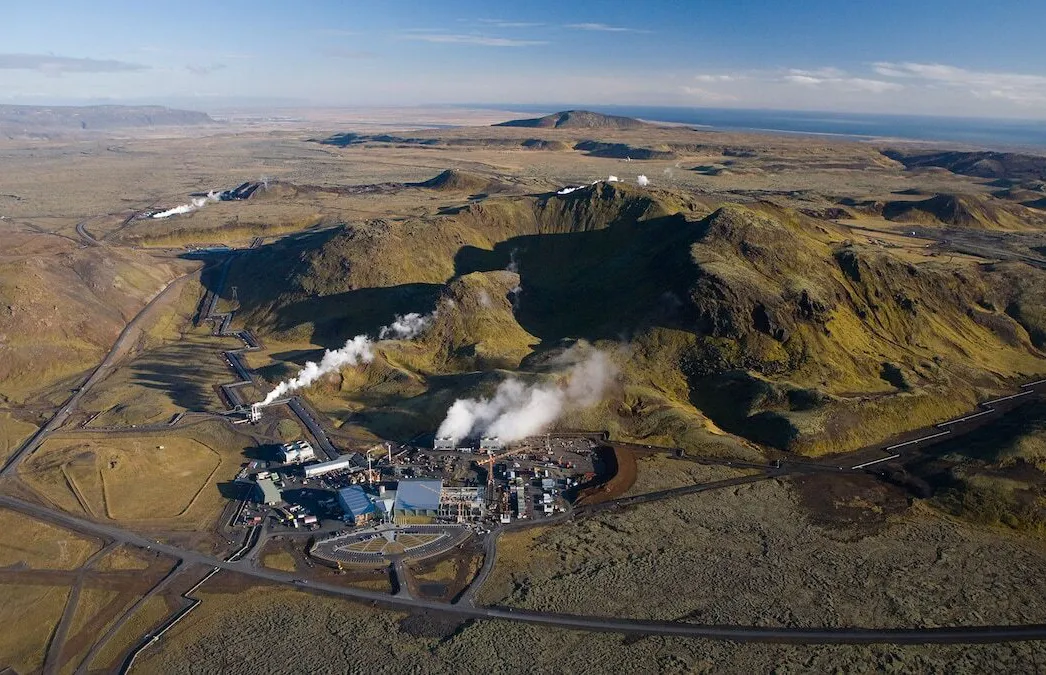The rapid technological advancement of the human race has led to many consequences, especially regarding the integrity of the atmosphere that protects all life on Earth. Although we did not realise it at the time of rapid human advancement, the excessive distribution of carbon dioxide gases into the atmosphere spells many present and future problems for the human race. However, it is most likely technological advances that will also fix these problems, one such example being the Iceland based Carbfix project.

Starting in 2007, scientists have been working on developing a process that dissolves the CO2 from the atmosphere into freshwater, and then injects it into porous basalt rocks. Inside of this rock matrix, the dissolved CO2 reacts to the calcium, magnesium, and iron contained inside, petrifying into white crystalline structures inside the basalt rock. Naturally, this process occurs over hundreds of thousands of years, and it was feared that even with this accelerated process it would take between a century to a millennium to produce results. But upon investigation, their method greatly shortened the expected timeframe to just two years.
Sweden based Climeworks, in cooperation with Carbfix, opened the first plant to turn CO2 into rock on a large scale in September 2021, about 30 kilometers from Reykjavik. With the capacity to turn 4000 tons of CO2 to rock every single year even at such an early stage in development, this process could very well mark a turning point in the fight against climate change. By 2025 and 2030 respectively, it is expected that such carbon transfer and storage will reach 300,000 and 3 million tons.

Previously, Next Nature published an article in which volcanic rocks were ‘calling all CO2 back to them’, as envisioned through the public statues made possible through project CarbontoRock by Cristina Parreño and Sergio Araya. The collaboration between Climeworks and Carbfix can be considered the instrument of this call to return excessive CO2 to the earth instead of the atmosphere.


Comments (0)
Share your thoughts and join the technology debate!
No comments yet
Be the first to share your thoughts!